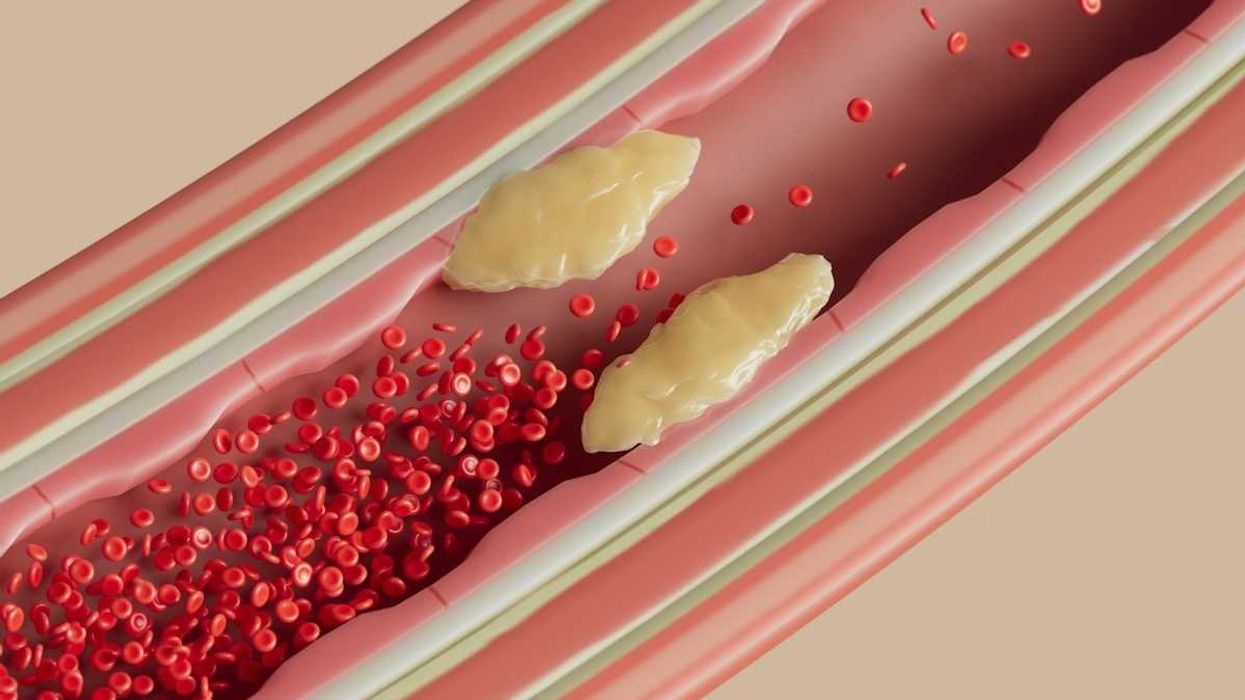A leading scientist studying microplastics details how she limits everyday exposure to plastic in food, cookware, and household dust.
Tracey Woodruff writes for The Washington Post.
In short:
- Microplastics, often invisible to the eye, are linked in studies to reproductive harm, chronic inflammation, and diseases such as dementia and cancer.
- Exposure comes from processed food packaging, nonstick cookware, and airborne dust, with simple lifestyle shifts — like using glass storage or HEPA vacuums — reducing contact.
- The researcher stresses gradual changes rather than perfection and notes systemic changes are needed to curb plastic production.
Why this matters:
Plastic fragments have infiltrated air, water, soil, and food chains worldwide, entering human bodies through what we eat, drink, and breathe. Research shows they lodge in vital organs and can disrupt hormones, impair fertility, and fuel inflammation, yet their long-term health impacts remain poorly understood. Microplastics also highlight the larger issue of plastic waste, which breaks down but never disappears, circulating through ecosystems and even appearing in rain and snow. As evidence mounts, scientists warn that these particles represent a public health crisis whose scale rivals other environmental hazards like lead or air pollution.
Learn more: Reduce plastic exposure to protect your health














